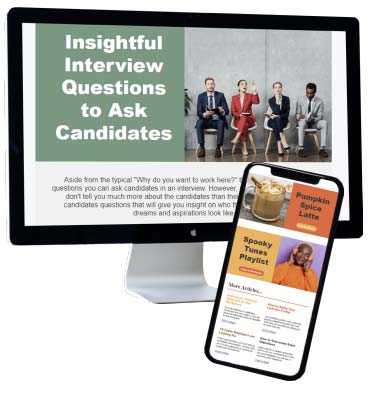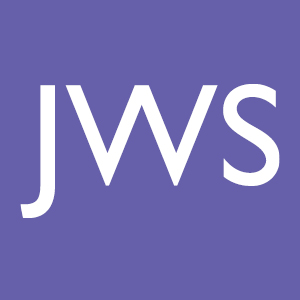Before You Go!
Sign up for our newsletter - which features professional templates, job market updates, articles, playlists, recipes, and more, sent directly to your inbox!



We all have dreams and goals, whether it’s as specific as becoming the president of an advertising agency or as general as making enough money to own a home in California, everyone has to start somewhere. However, like Antione de Saint-Exupery said, you can’t get where you want to be without a plan.
Whether you’re still in school or working your 13th job, it’s always a good time to consider where you are and what your professional goals are. A career map is the perfect way to get there. A career map is a plan that highlights your short-term and long-term goals in order to help you take the right steps to achieve them. It’s easy to decide a rough end goal and decide that you’ll work toward it; however, without a career map clarifying your goals and guiding the way, it can be easy to be thrown off course by unexpected obstacles and opportunities. That’s why we’ve put together this guide on how to create an effective career map in order to land your dream job.

Every map needs a point A and a point B. Your point A in this case, is where you currently are in your career. To locate your starting point, write down your current experience, what you are good at, and what accomplishments you have already achieved. Take down separate notes for your knowledge, skills, abilities, interests, values, and personal characteristics. When looking into where you want to be, it’s best to consider what you might excel at the most. So, from those traits you listed, choose a few that you want to focus on or use in your career.
Keep in mind, when you are locating your starting point and building out your career map, everything should be written down. Keeping a record of your thoughts will help you later when you are putting together your actionable steps and will also help keep you on track after the map is completed. After you have collected your thoughts and located your start point – or point A – it’s time to identify your end point – or point B.

Ask yourself where you see yourself in 10, 20 or 30 years. What does that job look like & what is the lifestyle you admire? This shouldn’t be something you think would be okay; it should be something that would make you ecstatic to get up in the morning. Something you can be truly passionate about. What does that look like?
You don’t have to overwhelm yourself by selecting one specific industry, role, or location. Your potential career satisfaction might look like a couple different things and that’s okay! If you aren’t positive, you can narrow your options by reviewing career info, researching companies, and talking to professionals in the field you are most interested in. With the information you gather, you can still be specific and as detailed as possible when identifying your goal by locking in other categories. For example, someone currently in graphic design might have a goal to be a Senior Art Director. They have found they would be happiest at a small company with 10-40 employees, would be willing to work in either publishing or digital advertising, and would live in Colorado, Washington, or Oregon. This goal leaves some options open, but is still specific enough to get this person in a career that they are excited about.
When researching a specific role, look at the qualifications, industry, company size, location, and salary associated with that role. Then ask yourself, do I want to manage a team? How large of a team? How many hours do I want to work? etc. Then, analyze the kind of person who is in that role. Write down the skills, experience, and knowledge the person in that role has and use that to identify what you need to do to reach that end goal. Again, make sure this is all written down.
Once you’ve chosen, visualized, and written down an end goal, mark it as your point B.

So you’ve located your point A and identified your point B. Now it’s time to create your map to success. Using your notes from earlier, identify the skills and abilities from point A that you need to nurture and grow in order to reach the level of skills and abilities at point B.
A career map is most effective when segmented into stages with actionable steps (i.e. where you want to be in 3 to 6 months, one year, three to five years, etc.). So, you’ll want to estimate or decide how much time it will reasonably take you to reach each goal. For example, if you are currently an entry-level software sales rep in Ohio and your end goal is to be a CEO of a mid-sized software company in San Francisco, your segmented goals should be the (several) positions you’ll need to be in first, the courses you will need to take, and the skills you need to develop such as leadership, finance, and so on. While it is important to aim high and push yourself toward a goal, it takes time to nurture skills and hone abilities. Try to make your actionable steps realistic and don’t overwhelm yourself with unreasonable expectations.
The following is an example career map we’ve put together using these steps.
Background – Izabelle is a college BA English graduate with 2 years of experience as a substitute teacher in California (point A). Her career goal is to be a college English professor at a UC school (point B). Below is her detailed point A, point B, and her segmented goals and actionable steps:
